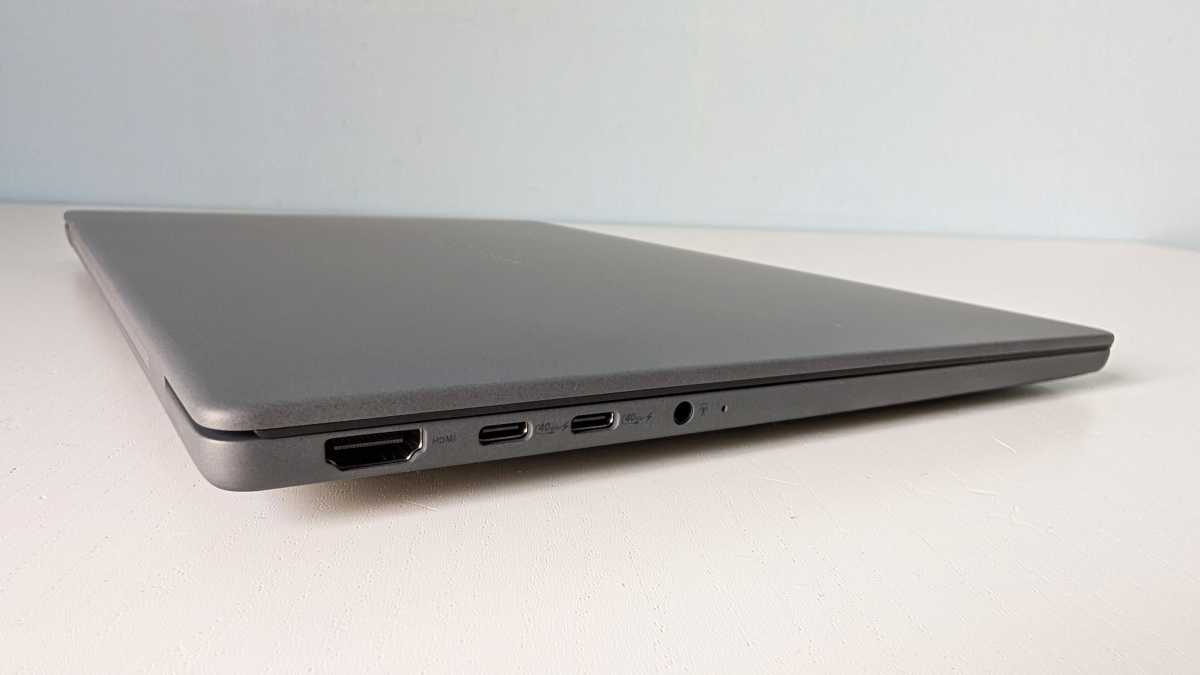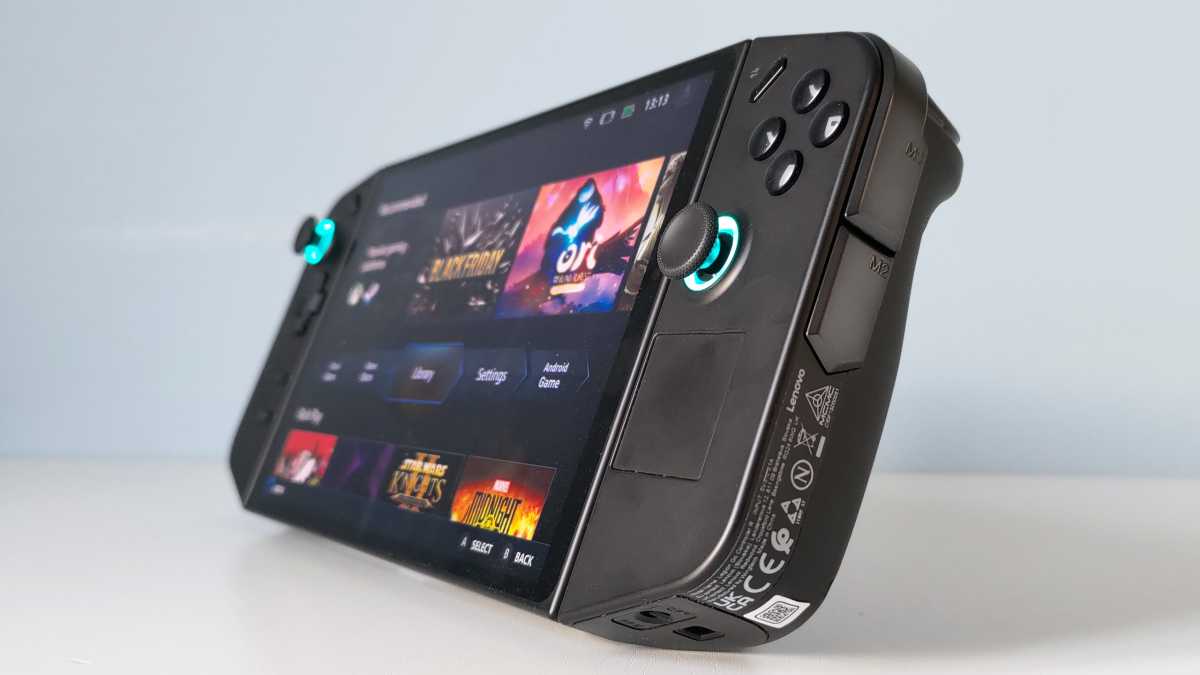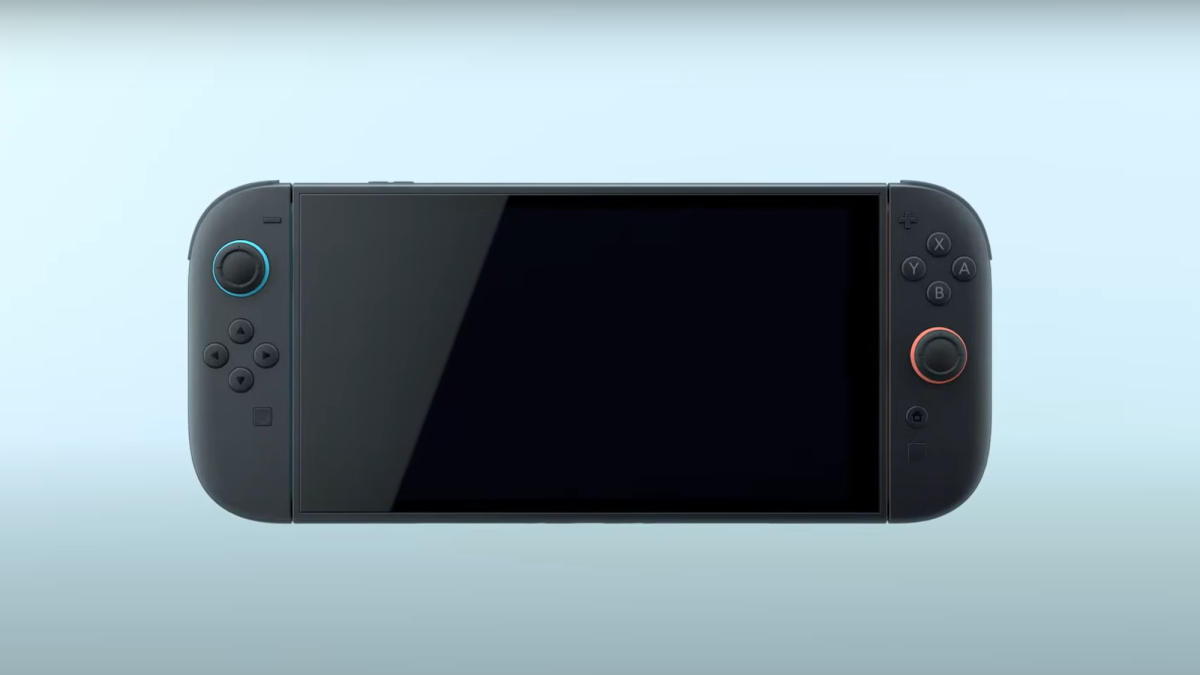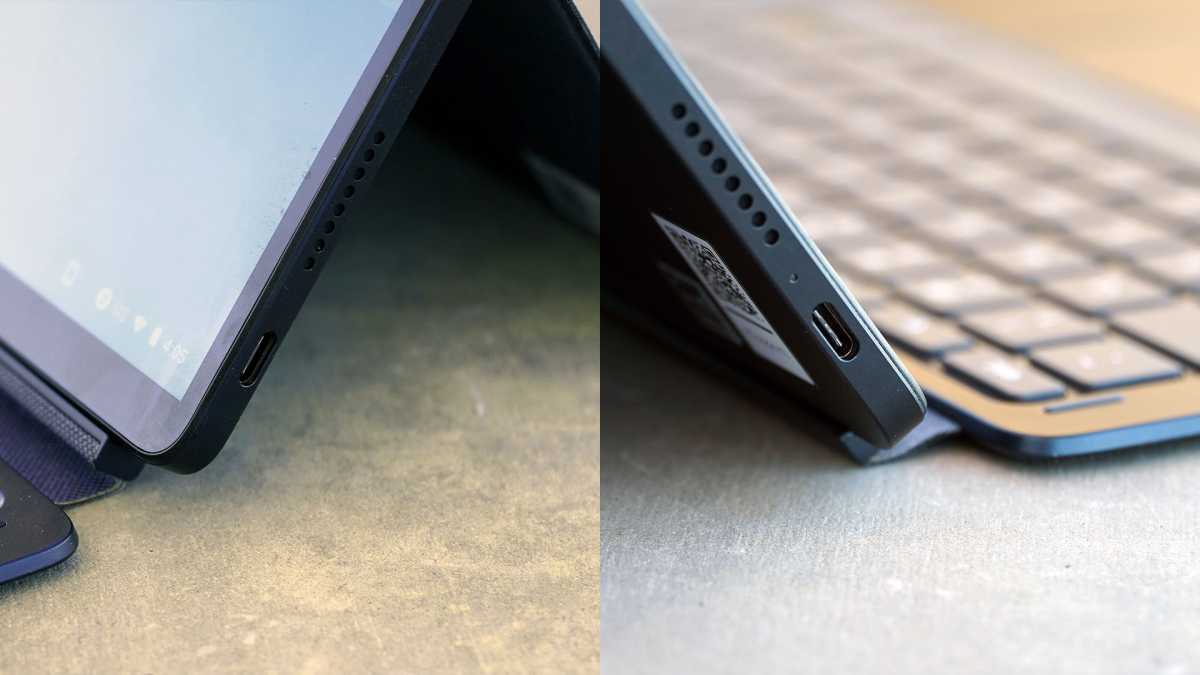Last week I spent a few days watching the Asus and Best Buy websites like a hawk, waiting for that slinky little Zenbook A14 to start shipping. It’s a really cool, lightweight laptop with battery life for days, literally. But it has one design problem that I see all too often on otherwise good laptops: The USB-C ports are only on one side.
This sucks. Allow me to use several hundred words to explain why.
There are a lot of great things about USB-C. Access to incredibly fast data transfers. Video capabilities on a (somewhat) universal standard. But the greatest for me, by a wide margin, is that you can use it to charge up almost any device with the same cable. I want every single device that I own with a battery to allow charging via a USB-C port.
And we’re almost there. My phone, my tablet, my laptop, my headphones, even my portable batteries that I use to charge all of them on the go, each one uses USB-C. All of this is good. But for most of the time, a phone, a tablet, headphones, et cetera only need one USB-C port. That’s all that’s practical for these devices.
A laptop needs multiple ports. At least two, if only so you can charge it up and use one extra device like a flash drive without needing to bring along a dongle. And at least one of those should be on both sides of the laptop.
Flexible charging is important
In my case, this is specifically so that you can charge it up from the left or the right. And it’s important for laptops in particular, because laptops are mobile devices, and mobile devices that are bigger and bulkier than phones and tablets.
My ThinkPad X1 Nano, pictured above, was considered pretty premium when it came out three years ago. It’s super lightweight and designed for business travel. And yet both of its USB-C ports — its only ports — are on the left side. Extremely frustrating!
When you’re on the go and you need a charge, you can’t always find an ideal spot for it. Maybe you’re in a cafe and the charger is on one side of the table against the wall. Or in a hotel where it’s only on one side of the bed. A bus where the outlet beneath your seat is busted and you have to ask your fellow passenger if you can politely invade their space. (Fix your busses, Martz, the Wi-Fi hasn’t worked in years.)
The point is that if you can only charge on one side of your laptop, you’re going to be put in an awkward position up to half of the time. You can twist yourself into an uncomfortable pretzel, or just get a super-long charging cable and carry it with you. And I’ll point out that both of those were solutions from the Before Times, when every brand had its own barrel port or proprietary charger.
But you shouldn’t have to — laptops should be designed with this basic use case in mind. Some are, but many aren’t, even “premium” designs like that aforementioned Zenbook A14, which only features a lonely little USB-A port on the right (which can’t charge up the device).
Even Apple, a company that proclaims its meticulous design process in its advertising, has USB-C ports on only one side of the MacBook Air. If you want the basic creature comfort of charging on either side, you have to step up to the MacBook Pro.

Foundry
Here’s what really steams me. When I’m travelling I often carry a USB-C monitor, specifically a ThinkVision M14. This is made by Lenovo, the same company that made my laptop. And it has USB-C ports on both sides, specifically to make it easier to charge, both for itself and its pass-through laptop charging feature.
Why are laptops like this?
I’ve spoken about this little pet peeve with many of my fellow tech writers, and plenty of regular laptop users too. I’ve never met one who didn’t agree with my viewpoint. So I’m absolutely certain that laptop makers are aware of our desires here. In fact, I know it: I spoke to a former tech writer person I’d worked with, who now works for a PC manufacturer and asked them if they’d raised the point with their new employer.
They said that yes, they had in fact spoken with the engineering teams that decide where to put laptop ports and told them that people want USB-C charging on both sides. The engineers responded that it added expense to the design, so it doesn’t make it into some models.

Mattias Inghe
I’m sure that’s true. My own knowledge of the ins and outs of electronics design is just enough that I don’t doubt it. A modern USB-C port is complicated — it needs extra design work and electronics elements for battery charging, for video output, for standards like Thunderbolt and the fastest data. Every small adjustment, every tiny decision made in the design process has a cost that affects the final manufacturing and, thus the eventual retail price of a product.
But I reject this as a definitive reason to make this choice. You can say the same thing about tons of other elements of laptop design — say, using a trackpad that supports multi-touch gestures or a keyboard that has LED backlighting. Asus told me it spent a huge amount of time and resources engineering the hinge on the Zenbook A14, to make sure it can easily open with just one finger. And the presenter was immensely proud of the “Ceraluminum” coating on the entire laptop — as they should be, it’s really nice!
None of these elements are strictly necessary. You can operate a laptop without them. But all of them add to the overall experience of a product. Little things that we as end users barely think about, sometimes don’t even notice, can have a huge impact on our final impression of a device.
It’s worth the extra work
However much extra it might cost to get a USB-C port on both sides of a laptop, it’s worth it. Again, that’s according to me, every other tech writer who reviews laptops, and everyone else they’ve spoken to on the subject. Note that both the Framework Laptop and Intel’s new modular guidelines allow for full-power USB-C on both sides of the laptop, and these devices are made for sustainability with far more engineering necessary than a permanently soldered port.
And while I don’t have a component breakdown to make my case, I’m pretty darn confident that it’s not an unattainable design goal for laptops, especially once you get out of the budget category. Allow me to illustrate.
This is a Lenovo Legion Go. It costs $700. It has a USB-C port on the top and on the bottom.

Mattias Inghe
This is the Asus ROG Gaming Phone. It costs $849. It has two USB-C ports, one on the side and one on the bottom, and I’m pretty sure it takes a lot more engineering work to fit two ports on a phone than on a laptop.
This is the Nintendo Switch 2. I don’t know how much it costs yet, but given Nintendo’s mass-market savvy and the price of the original, I’d be flabbergasted if it’ll launch at anything north of $500. It has USB-C ports on the top and bottom.

Nintendo
This is the Lenovo Chromebook Duet, a small, cheap, ChromeOS-powered tablet, topping out at $399 for the most expensive model. How many USB-C ports does it have? I’ll give you three guesses, but you’ll only need one, because it’s two. Two USB-C ports, on two different sides. And again, this is the same company that made my laptop in the header image, equipping a cheaper device with this handy design feature.

Michael Crider/IDG
I think I’ve made my point. If all of these devices can fit a secondary USB-C charging port, into both their design and their budget, there’s no reason that manufacturers can’t do this for every laptop with USB-C capability. And they absolutely should.
Connectez-vous pour ajouter un commentaire
Autres messages de ce groupe

AMD loves to build to a crescendo. As it’s shown since 2016, when its


Having a way to charge your devices while on the go is essential thes

As a fully remote worker, I love being able to take my work laptop to

If you have multiple monitors on your desk, you know how much space t

With all the controversy surrounding Elon Musk, people are abandoning

Have you ever left the copying of your files onto a USB flash drive t

